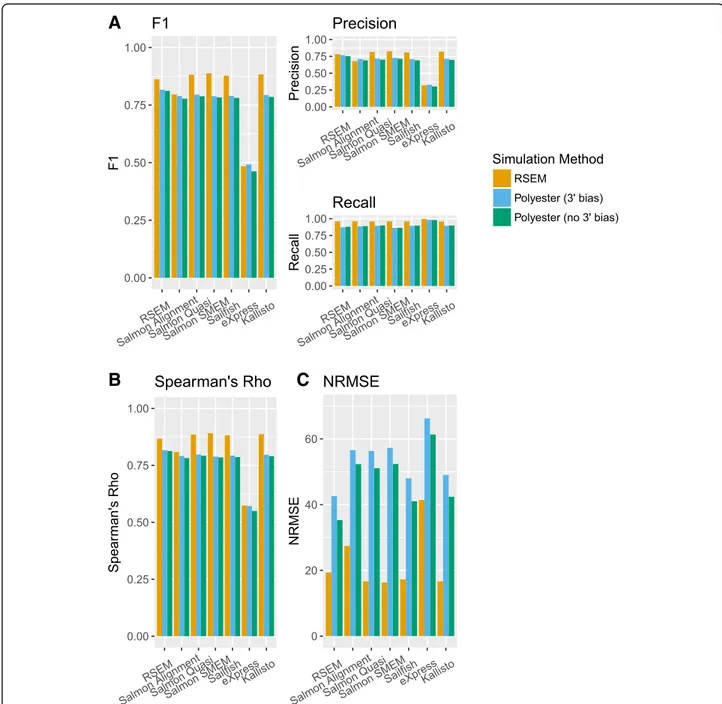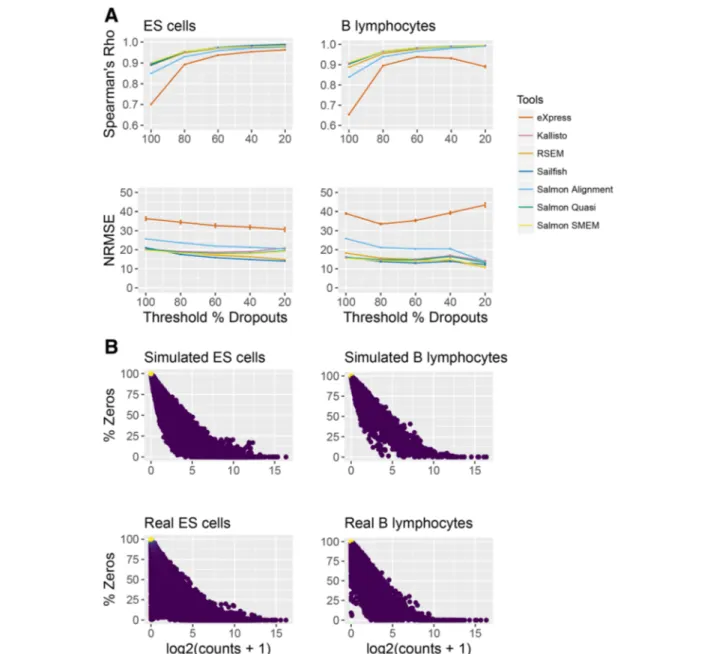Simulation based benchmarking of isoform quantification in single cell RNA seq
Texto completo
Figure




Documento similar
The expansionary monetary policy measures have had a negative impact on net interest margins both via the reduction in interest rates and –less powerfully- the flattening of the
Jointly estimate this entry game with several outcome equations (fees/rates, credit limits) for bank accounts, credit cards and lines of credit. Use simulation methods to
In our sample, 2890 deals were issued by less reputable underwriters (i.e. a weighted syndication underwriting reputation share below the share of the 7 th largest underwriter
The results of massive RNA-sequencing (RNA-Seq) of the transcript isoforms that encode proteins in the 8 T- LBL samples of the exploratory cohort showed that the mRNA level of
The main SM background contributions to the SR data samples are from Z/W +jets production and they are estimated from data by selecting events based on a set of selection requirements
Separate sets of simulated events are used to model signal and background events in 2016 and 2017 data using the methods described in Sect.. In all distributions, the last bin
The numbers of events measured in data are compared to the expected numbers of back- ground events in the signal regions, with the intention of interpreting an excess of events in
Herschel /PACS fluxes and upper limits are highly consistent with the Spitzer (MIPS/IRS) data. The measured far-IR fluxes are in good agreement with our model predictions based

